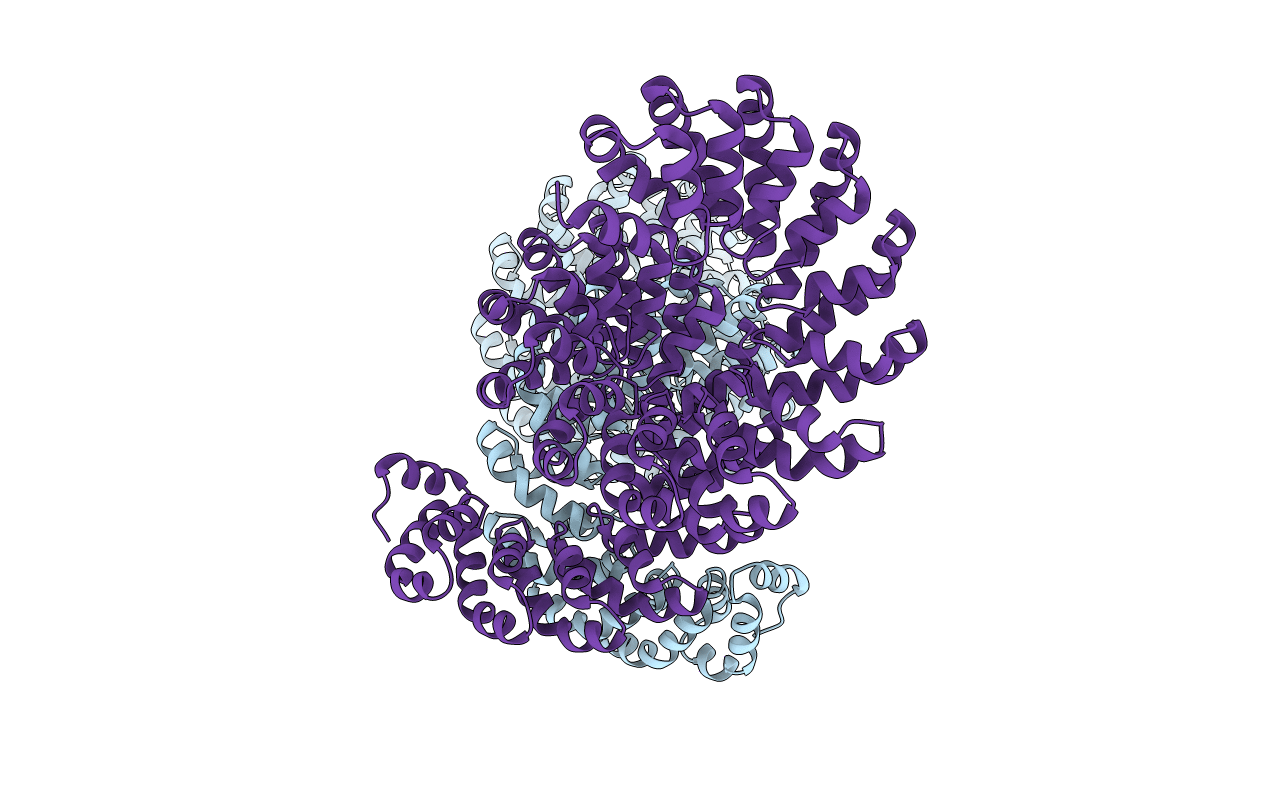
Deposition Date
2013-12-19
Release Date
2014-07-09
Last Version Date
2024-10-23
Entry Detail
PDB ID:
4CJ9
Keywords:
Title:
BurrH DNA-binding protein from Burkholderia rhizoxinica in its apo form
Biological Source:
Source Organism:
BURKHOLDERIA RHIZOXINICA (Taxon ID: 412963)
Host Organism:
Method Details:
Experimental Method:
Resolution:
2.21 Å
R-Value Free:
0.22
R-Value Work:
0.17
R-Value Observed:
0.18
Space Group:
P 31


